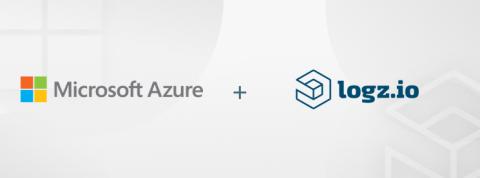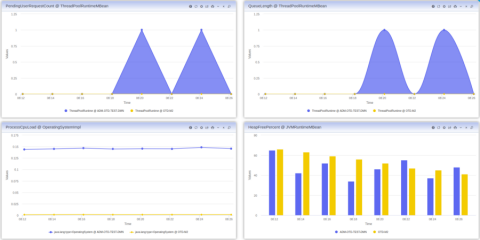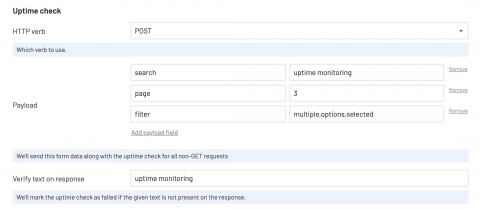Mattermost Joins Google's Inaugural Season of Docs Program
At Mattermost, we believe in the power of open source software and open companies. To this end, we’re thrilled to announce that we’ve been accepted into Google’s inaugural Season of Docs, a new program designed to highlight the promise of open source technology while raising awareness of the critical role docs and the technical writers who create them play in the success of open source projects.










